Valley of Flowers Trekking Tour 2025
- Region : Garhwal Himalaya Uttrakhand (India)
- Trek Start from : Govindghat
- Trek End at : Govindghat
- Duration : 7 Days
- Max Altitude : 4329 meters (14,231 feet) Hemkund Sahib
- Approx Trekking : 45 Kms
- Grade : Moderate
- Best Time : July - August - September
Among the top treks in Uttarakhand, the Valley of Flowers Trek is a mesmerizing journey through one of India’s most beautiful landscapes. Nestled in the Chamoli district of the Garhwal region, this UNESCO World Heritage Site is known for its vibrant meadows filled with a wide variety of wildflowers, breathtaking views of the surrounding mountains, and serene atmosphere.
Valley of Flowers Trekking Route and Experience
The trek begins at Pulna, from where trekkers embark on a 9-km trek to Ghangaria, a quaint village at 3000 m that serves as the base for the Valley of Flowers and the Hemkund Sahib trek. The trail to Ghangaria is a mix of steep ascents, dense forests, and occasional waterfalls, offering a taste of the natural beauty that lies ahead. Trekkers can rest overnight in Ghangaria before heading to the valley the next day.
The next morning, the journey to the Valley of Flowers (VOF) (3500 m) begins. A 4-kilometer uphill trek leads to the entrance of the valley, where the scenery transforms into a colorful paradise. The valley is spread over 87 sq km. and is home to over 500 species of flowers, including blue poppies, cobra lilies, Himalayan orchids, and daisies. One can also witness Uttarakhand’s state flower, Brahma Kamal blooming abundantly across the valley. The vibrant colors and the fragrance of wildflowers create a surreal experience. The snow-capped peaks in the background add to the valley’s charm. Trekkers can spend 2-3 hours exploring the valley, capturing its beauty, and observing its diverse flora and fauna before returning to Ghangaria.
Best Time to Visit
The best time to visit the Valley of Flowers is between July and early September, when the monsoon rains trigger the blooming of wildflowers. The valley comes alive with lush greenery and a riot of colors during this time, offering a breathtaking spectacle for visitors.
Opening Date of Valley of Flowers 2025
The Valley of Flowers trek opens on June 1st every year. Embark on this breathtaking trek with Peak Adventure Tours Pvt Ltd at the best price, including all trekking equipment, safety measures, and experienced trekking guides. Browse the detailed itinerary below for the Valley of Flowers trekking tour in the Himalayas, and contact us for further information.
Valley of Flowers Trek Itinerary
After an early breakfast, drive to Joshimath via Devprayag. En route, visit Devprayag, where the Bhagirathi and Alaknanda rivers meet to form the holy Ganges River. Arrive in Joshimath by evening and check in to the hotel. Dinner & overnight stay at the hotel.
About Joshimath: A significant religious center established by Adi Shankaracharya, originally called Jyotirmath, later known as Joshimath. Major attractions include the Nav Durga Temple and Narsingh Temple. Apart from its religious significance, Joshimath is known for its scenic beauty.
After breakfast, trek to the Valley of Flowers (3,858 m) from Ghangaria. The valley offers an enchanting sight with a stunning array of rare wildflowers such as Geranium, Marsh Marigold, Primula, Potentilla, Geum, Asters, Lilium, Brahma Kamal, and many more. Most of these flowers have medicinal properties.
The valley stretches 10 km in length and 2 km in width, divided by the Pushpawati River, into which several small streams and waterfalls merge. After enjoying the valley’s beauty, trek back to Ghangaria. Dinner & overnight stay at the camp.
In the morning, drive back to Delhi via Rishikesh. Arrive in Delhi by late evening.
Trip & Services End Here.




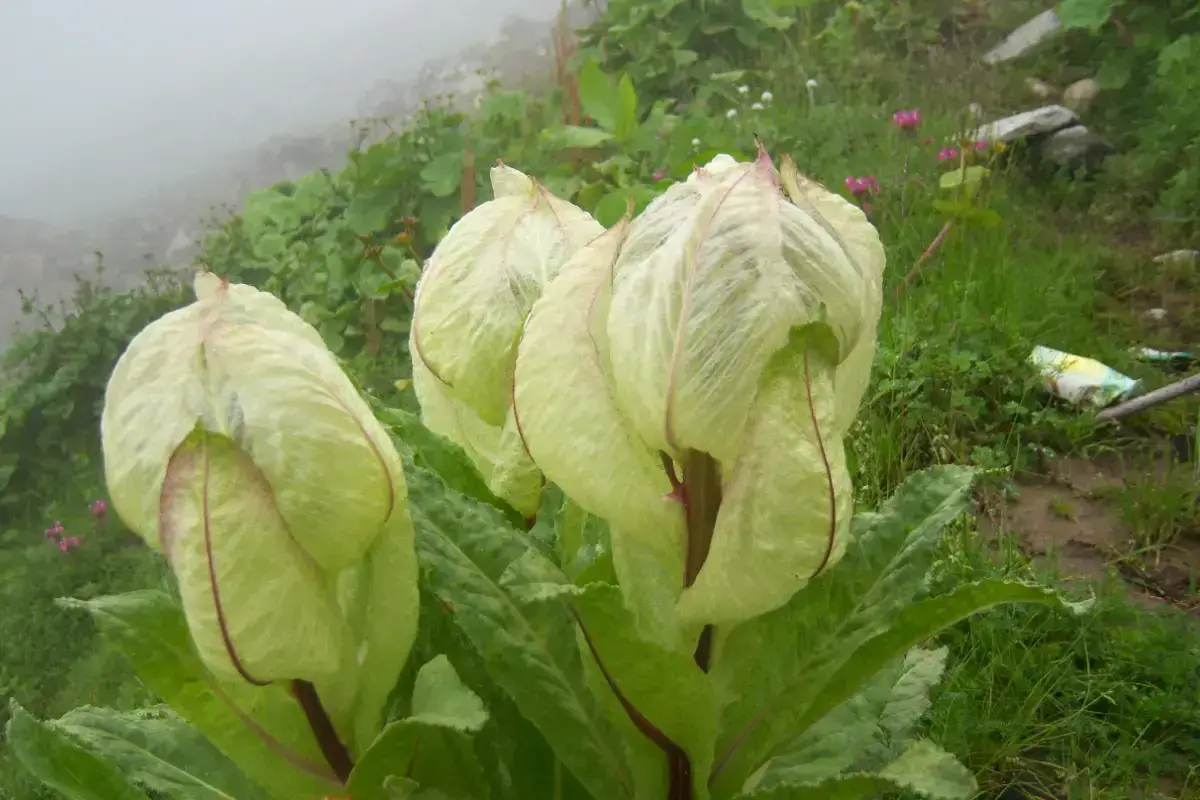


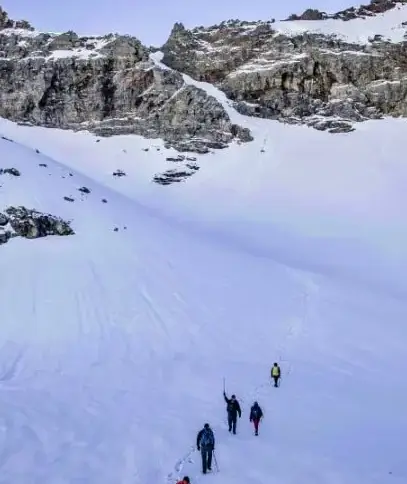
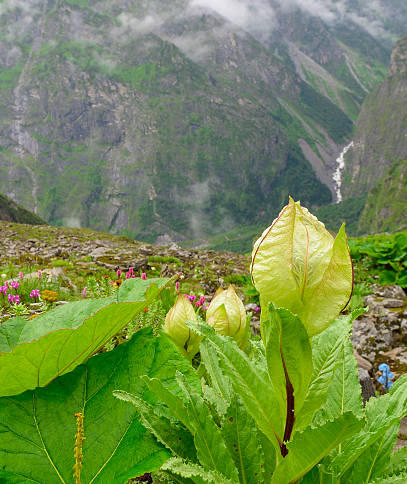
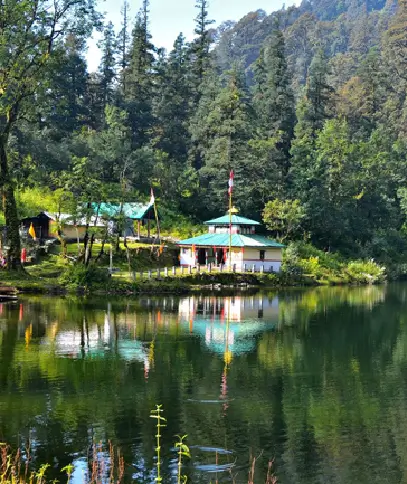
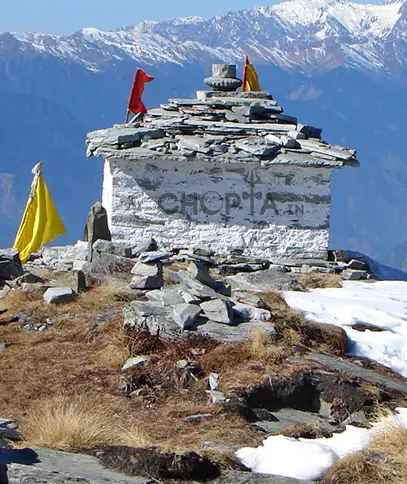
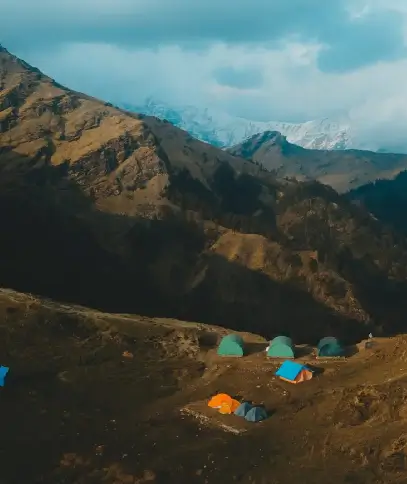
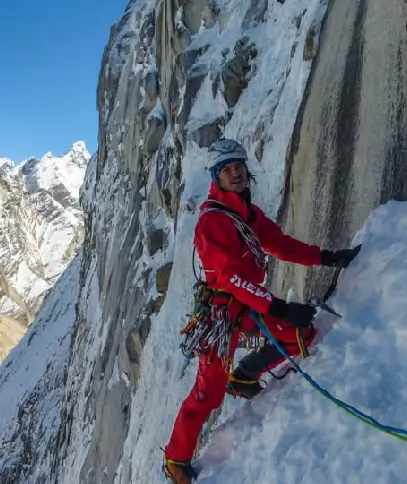

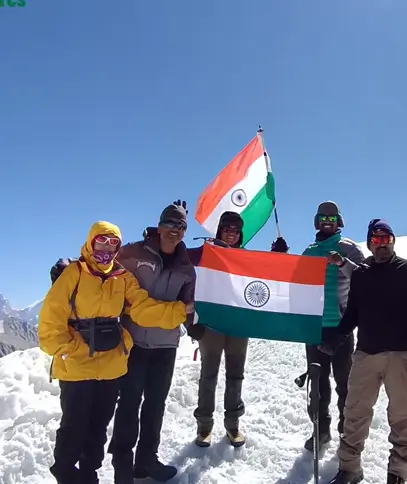
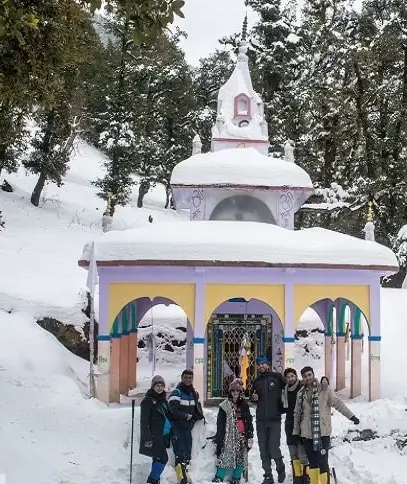
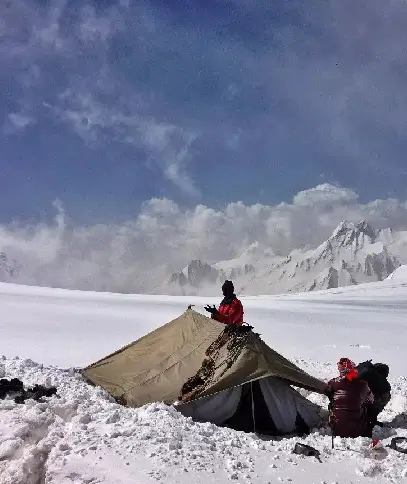
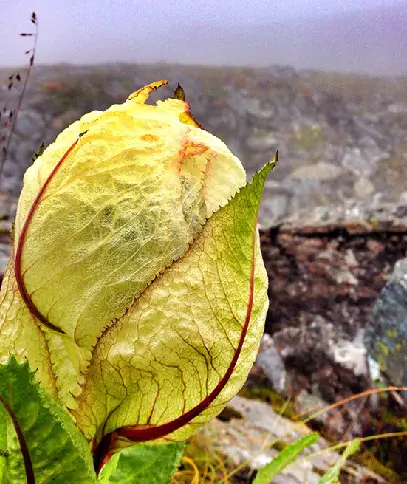
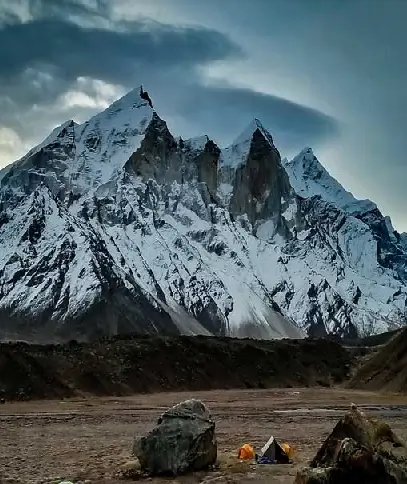
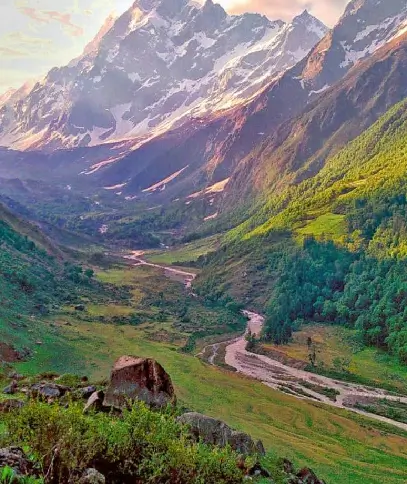
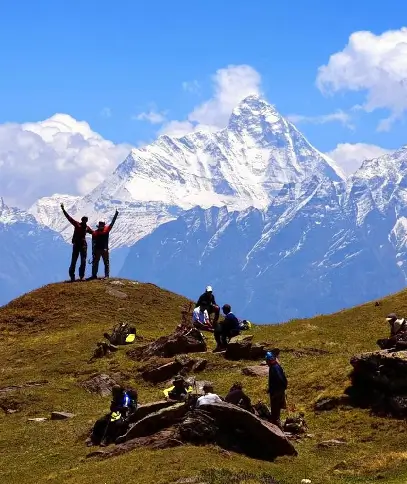
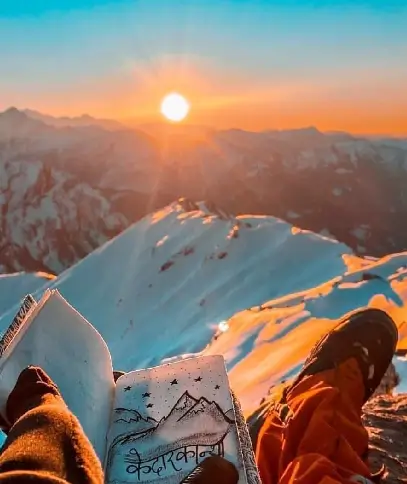

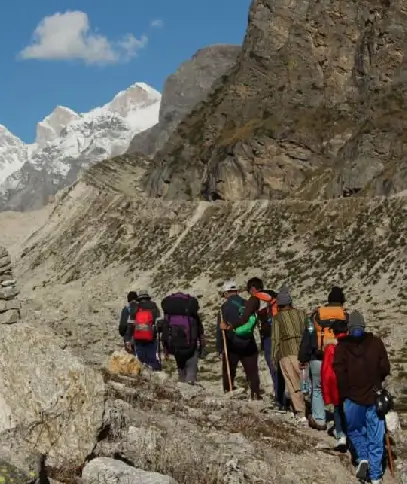



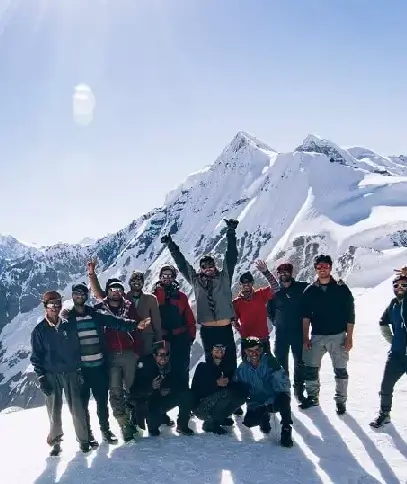
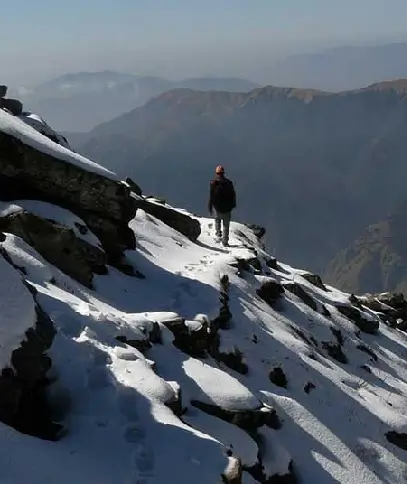
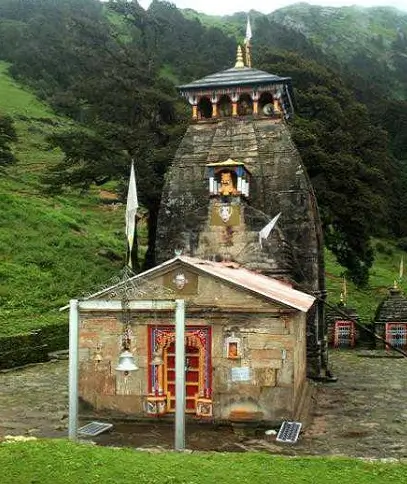
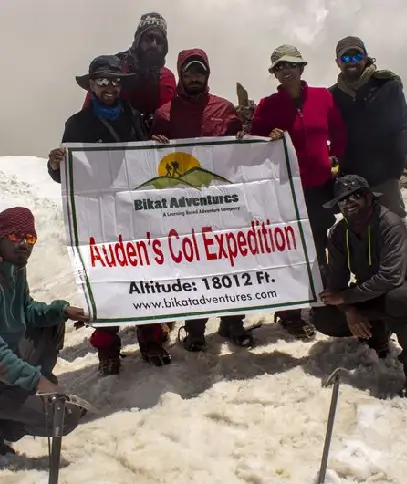
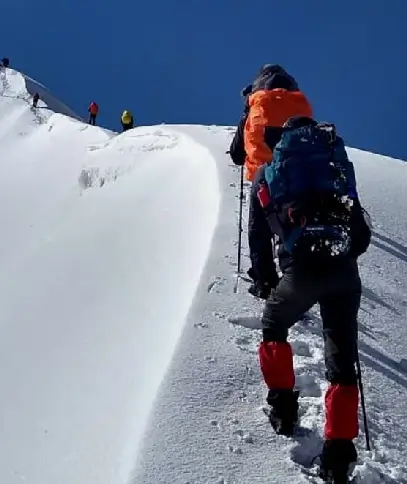
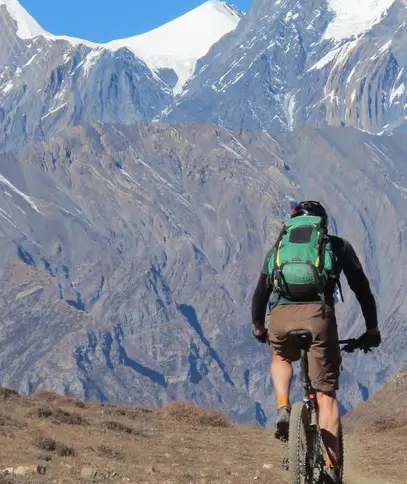
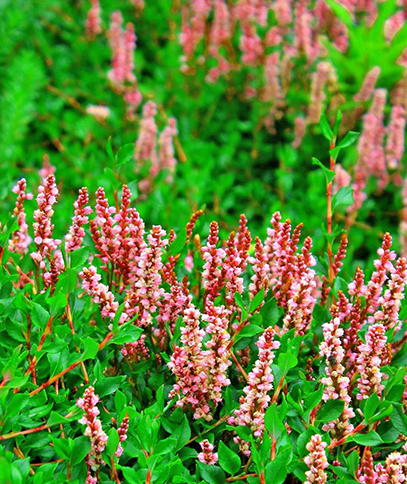
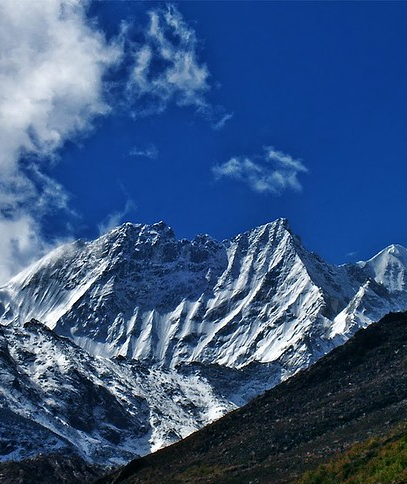
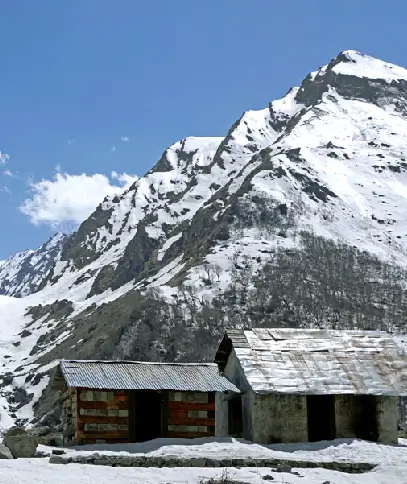









 +91-9212553109
+91-9212553109 Plan Your trip
Plan Your trip